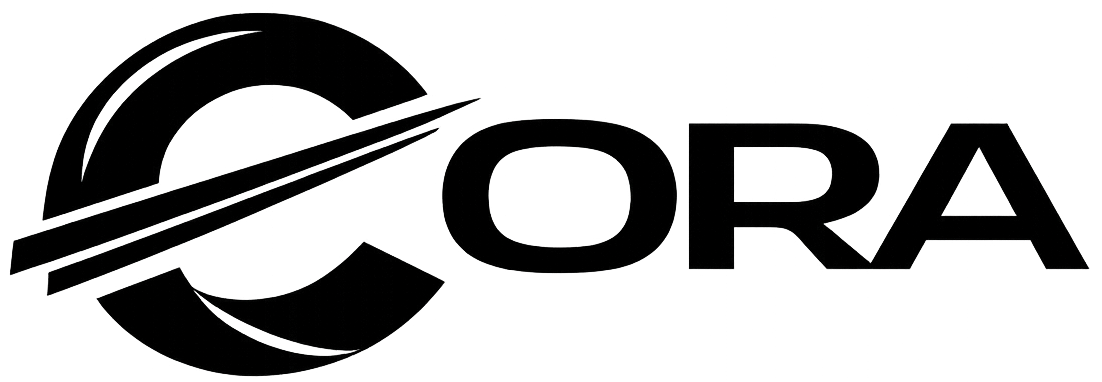Search within the "Journal for Occultation Astronomy" Index
JOA Volumes
| 2011 | 2012 | 2013 | 2014 | 2015 | 2016 | 2017 | 2018 | 2019 | 2020 | 2021 | 2022 | 2023 | 2024 | 2025 | 2026 |
Improving Asteroidal Occultation Predictions using Recent Past Occultations by the Same Object
JOA 2018, Vol. 8, No. 4, Page 6 Author(s): David W. Dunham et al.Abstract: For almost two years now, we have had very accurate data for most stars from the two Gaia data releases(DRs). No asteroidal data were included in DR1, and only positions, accurate in only one direction, were given forthem in the more recent DR2. So far, nobody has figured out how to use the Gaia asteroidal data to improve orbital elements. Consequently, the errors in the asteroid ephemerides, based on ground-based observations, are now morethan 10 times larger than the stellar errors. We show that predictions of upcoming occultations can be substantially improved by applying corrections to the asteroid ephemeris calculated from recently-observed occultations by the same asteroid. At least, until Gaia observations of asteroids can be used to improve the orbital elements and ephemeridesof those objects, IOTA can better reap the benefits of Gaia by setting up a mechanism to rapidly notify all when large shifts from the prediction are observed and documented.
